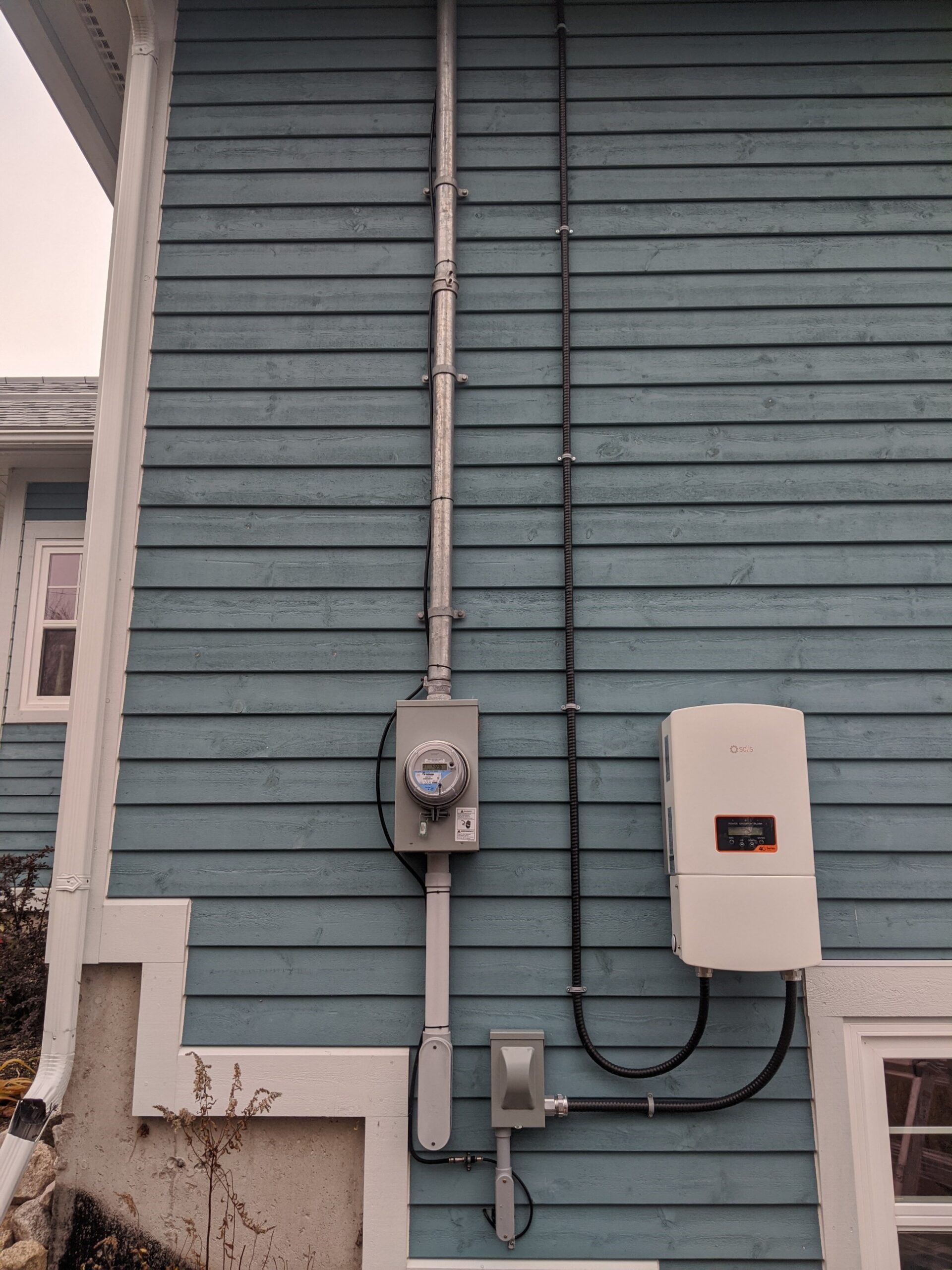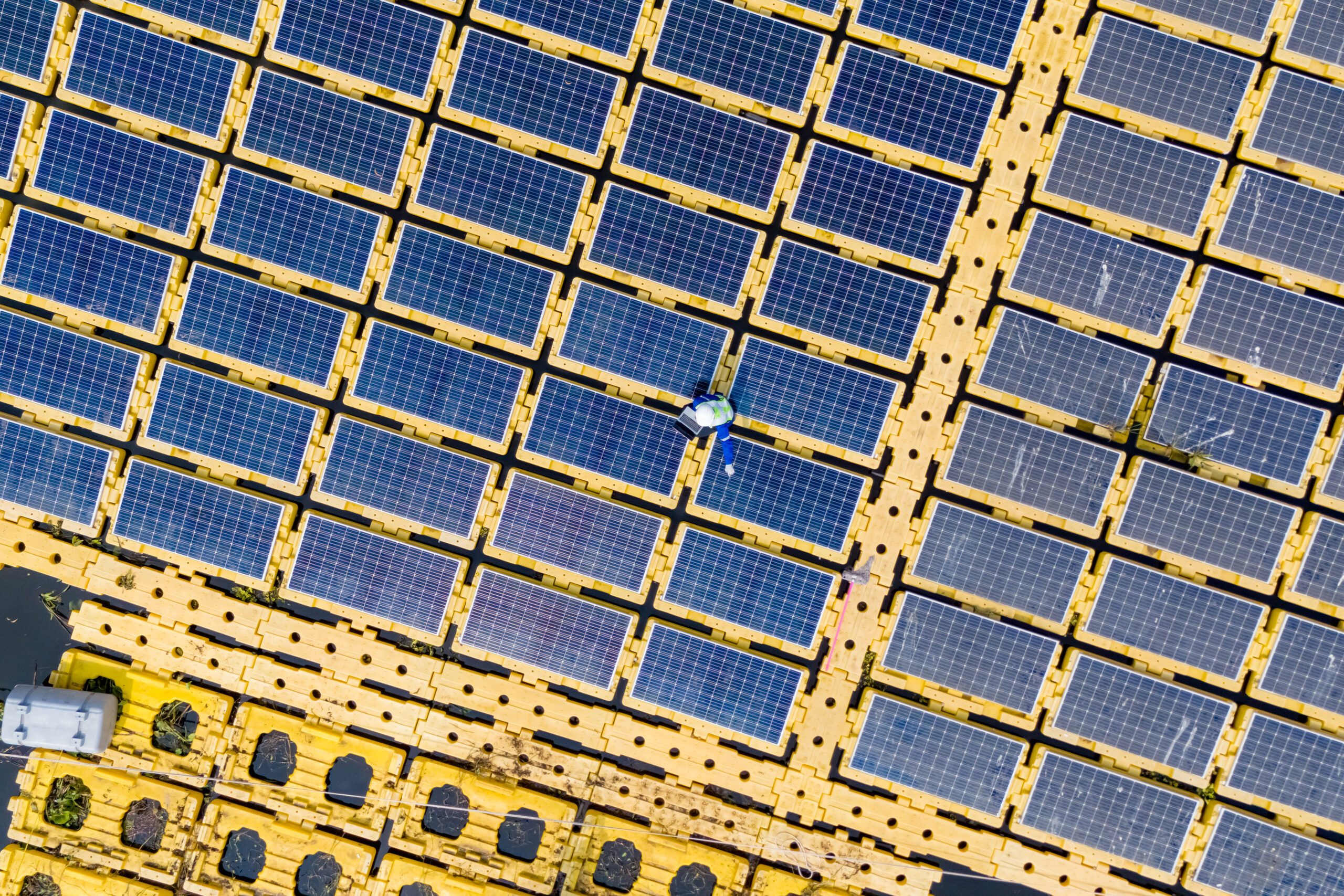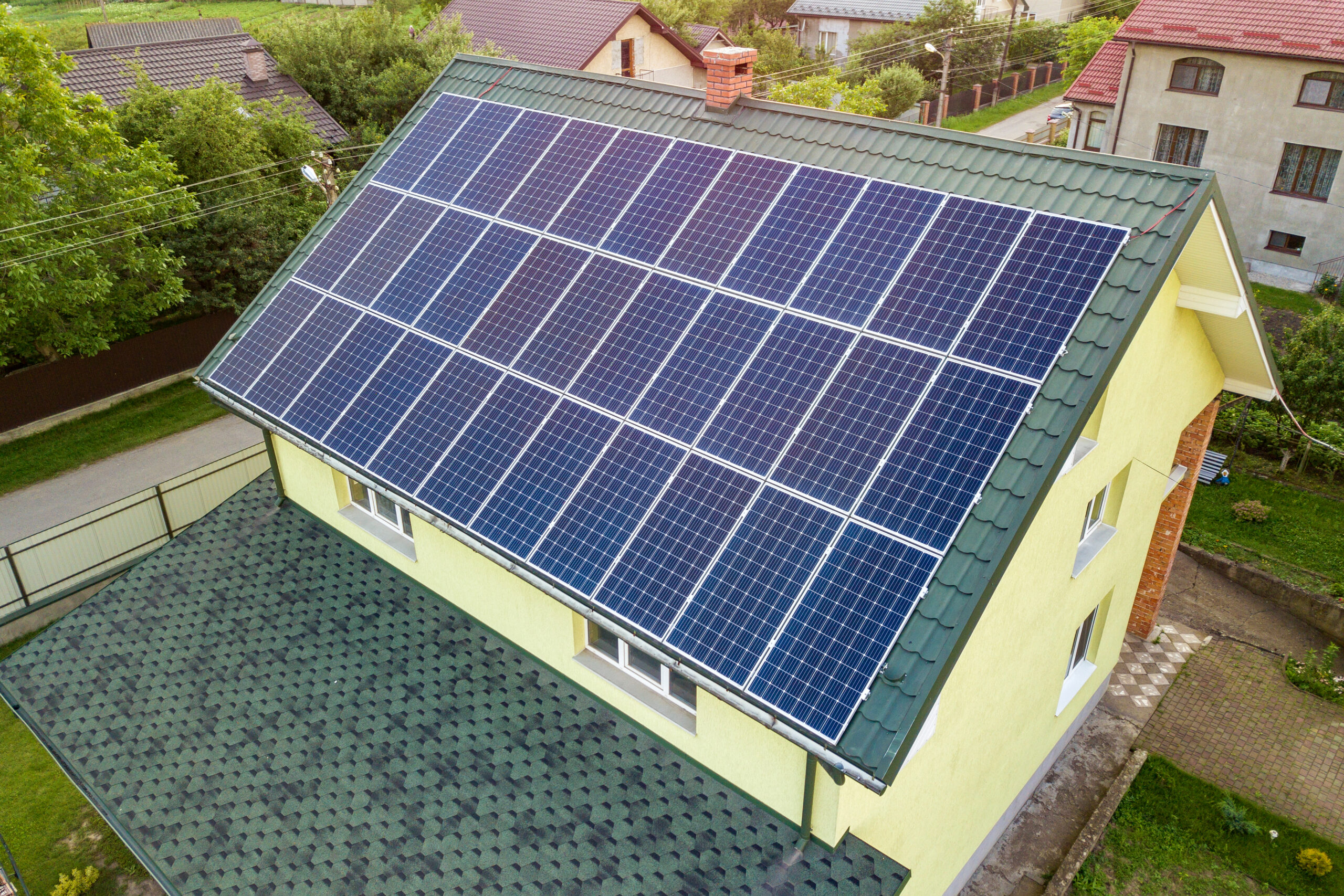Amidst mounting environmental concerns and concerted efforts to curb carbon emissions worldwide, adopting carbon pricing mechanisms has emerged as a prevalent global trend, significantly impacting various sectors, including energy. Nova Scotia is a pertinent example, where residents may soon witness a noticeable uptick in their electricity expenses due to the trickle-down effects of the federal carbon pricing benchmark. To grasp the magnitude of this shift, let’s delve into its potential ramifications on power bills, assuming Nova Scotia Power passes on 100% of the carbon pricing costs to consumers.

Nova Scotia’s Emission Targets and the Road Ahead
As of 2023, the federal carbon pricing benchmark stands at CAD 65 (USD 50) per tonne of CO2 equivalent. To gauge its potential impact on power bills, we must first ascertain Nova Scotia’s emissions intensity—i.e., the volume of CO2 produced per kilowatt-hour (kWh) of electricity generated.
According to Canada’s National Inventory Report 1990-2019, Nova Scotia’s electricity generation emitted roughly 0.63 tonnes of CO2 equivalent per megawatt-hour (MWh) in 2019. Using this metric, we can estimate the carbon cost per kWh and its implications for an average household consuming 15,000 kWh annually.
Harnessing Solar Power: A Sustainable Solution
Calculating Your Energy Expenses
Converting emissions intensity to tonnes of CO2 equivalent per kWh: 0.63 tonnes CO2e / MWh * (1 MWh / 1,000 kWh) = 0.00063 tonnes CO2e / kWh
Determining the carbon cost per kWh: 0.00063 tonnes CO2e / kWh * CAD 65 / tonne CO2e = CAD 0.04095 / kWh
Estimating additional annual cost for an average household: 15,000 kWh * CAD 0.04095 / kWh = CAD 614.25
This suggests carbon pricing could tack on approximately CAD 614.25 to the average household’s annual electricity expenditure. But how significant is this figure in the context of the overall bill?
Let’s assume that, based on Nova Scotia Power’s 2023 rate schedule, the average residential electricity rate hovers around CAD 0.16354 / kWh.
Calculating the average annual power bill before factoring in carbon pricing: 15,000 kWh * CAD 0.16354 / kWh = CAD 2,453.10
Estimating the percentage increase in the power bill: (CAD 614.25 / CAD 2,453.10) * 100% ≈ 25%
Based on these computations and assumptions, Nova Scotia residents could potentially witness a 25% surge in their average residential power bills owing to the impact of carbon pricing. It’s important to note that this is a rough approximation, and the actual outcomes may vary depending on shifts in the energy mix, governmental policies, and other contextual factors.

Navigating the Landscape of Nova Scotia Power Costs
Understanding the escalation in electricity expenses under carbon pricing empowers households to forecast better their energy outlays. In the face of this escalating challenge, it becomes imperative to explore energy-conservation strategies and contemplate investment in renewable energy sources, offering potential avenues to mitigate these additional costs over the long haul.
To stay ahead of these burgeoning costs—take charge and invest wisely in sustainable solutions.






